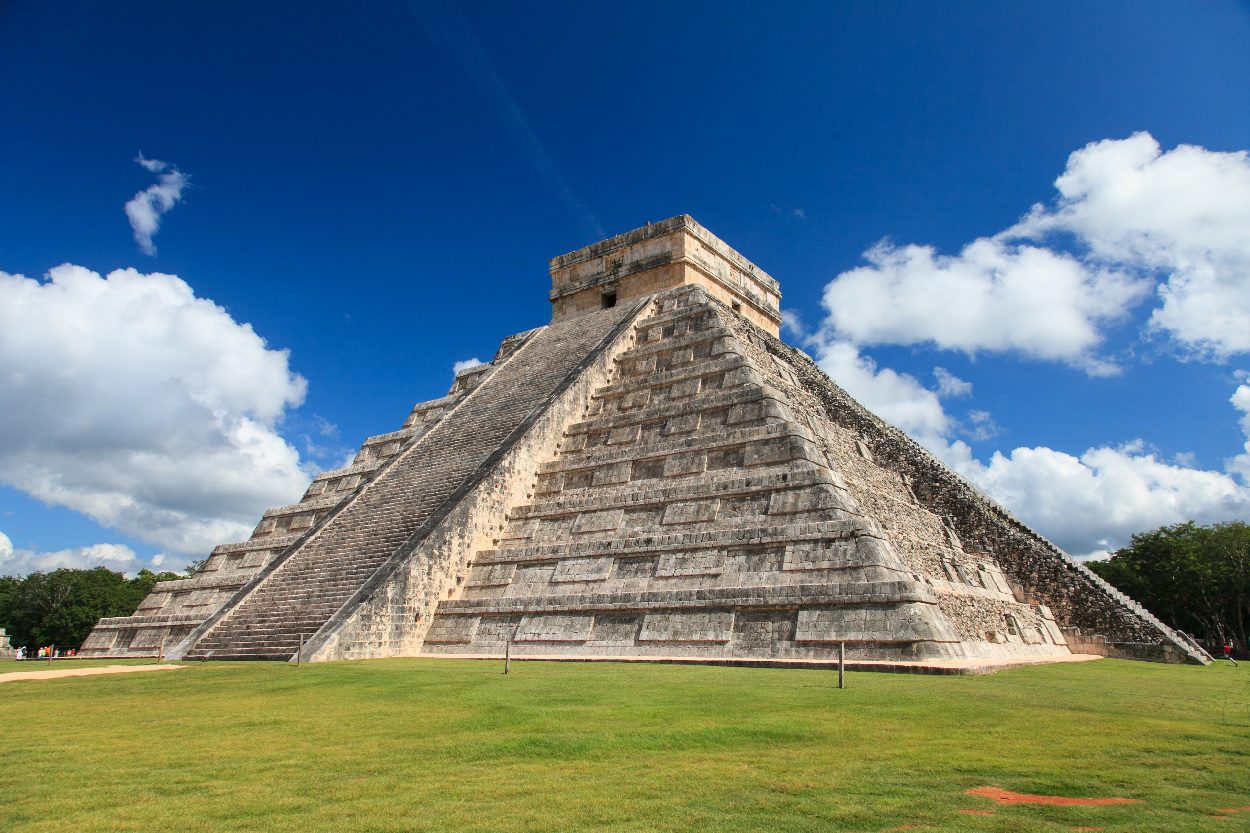A study of the cenote beneath the Kukulcán Pyramid, also known as El templo, suggests that there may be interconnections with other cenotes through the Great Mayan Aquifer.
The Kukulkan Pyramid is a Mesoamerican step-pyramid that dominates the centre of the Chichen Itza archaeological site, located in the Tinúm Municipality of the Mexican state of Yucatán.
The pyramid was constructed over several phases between the 8th and 12th centuries AD in dedication to the deity Kukulcán, the Yucatec Maya Feathered Serpent god.
An investigation conducted in 2015 using an electrical resistance survey, revealed a large cenote directly beneath the Kukulcán Pyramid formed by the dissolution of limestone bedrock that created a subsurface void.
The results of the 2015 study found that the subterranean sink hole measures 82 feet (25 metres) by 114 feet (35 metres) at a depth of 65 feet deep (20 metres).
According to a new book, “Explorations of the underground world. An approach to the great Mayan aquifer”, Co-published by the Aspen Institute Mexico and the National Autonomous University of Mexico (UNAM), the authors suggests that the Kukulkan cenote has interconnections with other cenotes through the Great Mayan Aquifer and is aligned at the intersection between four other cenotes: the Sacred Cenote (North), Xtoloc (South), Kanjuyum (East), and Holtún (West).
The book is edited by underwater archaeologist and leader of the Great Mayan Aquifer Project, Guillermo de Anda, who believes that an entrance lies somewhere beneath the Kukulcán Pyramid, used by the Maya to access the “underworld” and make ritual offerings.
Header Image Credit : Shutterstock





